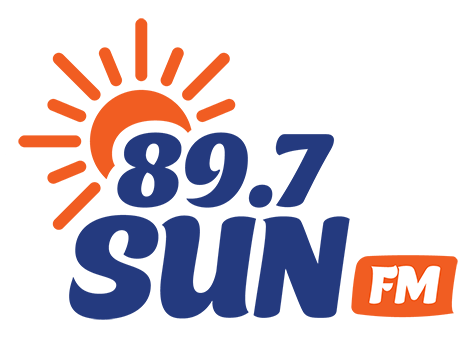The province is doubling down on COVID-19 safety measures in K-12 schools across B.C.
All middle and secondary students and K-12 staff will now have to wear non-medical masks in all indoor areas, including when they’re with their learning groups.
The only exceptions are when:
- sitting or standing at their seat or workstation in a classroom;
- there is a barrier in place; or
- they are eating or drinking.
For elementary students, wearing masks indoors remains a personal choice.
More funding is also on the way to help keep students and staff safe from COVID-19.
B.C. education minister Jennifer Whiteside said the $121.2 million in federal funding will help strengthen health and safety plans in K-12 schools.
Prior to these changes, masks were required for middle and secondary students and all K-12 staff in high-traffic areas, like hallways and outside of classrooms or learning groups when they could not safely distance from others.
“To make sure schools continue to be as safe as possible for students and staff as the pandemic evolves, we have worked with provincial health and our partners on a continuous review of the guidelines, adapting and responding when needed,” Whiteside said.
“We want students, their families and staff to feel confident with the safety measures in place. That’s why we’re making these updates.”
Guidelines have also been changed for physical education and music classes.
High-intensity physical activities will be held outside as much as possible.
Shared equipment or items, such as weight machines, treadmills or musical instruments, can be used only if they are cleaned between use, according to strict school sanitization guidelines.
Students using equipment or playing instruments should also be spaced at least two metres apart and masks are to be used when singing.
The province noted that since September 2020, more than $5.7 million of the K-12 Education Restart Plan for school districts has been used to purchase 3.9 million masks for students and staff.
“Educators, administrators and staff have done a great job of adapting our schools to make them safe and ensure important in-class learning continues,” said provincial health officer, Dr. Bonnie Henry.
“Since the start of the school year, we have paid close attention to our schools and learned much, including the importance of having robust safety plans and using the layers of protection. Masks are one important layer, and these updated guidelines will strengthen how and where they should be used to protect everyone.”
The federal government had announced $242.4 million in one-time funding for the 2020-21 school year, with the first half of the investment allocated in September.
The second instalment of this funding arrived on Jan. 29th.
The Ministry of Education is allocating $101.1 million to school districts and $7.5 million to independent schools, and is providing school districts an additional $3.5 million to manage COVID-19 exposures.
To support Indigenous learners, $8.2 million will go to addressing learning loss and student health, technology for remote learning, education and mental health support, adapting classroom spaces and enhanced cleaning.
There will also be $900,000 allocated for six regional rapid response teams, one for each health authority and one dedicated to independent schools, with representatives from both school and provincial health staff.
In a release, the province says these teams “will continue to improve the speed of school exposure investigations, so health authorities can inform school districts and families more quickly.”
Rapid response teams will conduct physical or virtual site inspections to ensure K-12 COVID-19 health and safety guidelines are being followed consistently.
If there has been a significant exposure event or an in-school transmission, rapid response teams will be deployed to conduct a review and make recommendations, if needed.
School principals and vice-principals at each public and independent school are being provided with updated COVID-19 health and safety checklists. Additionally, families in their local communities are reminded of the personal measures they can take to help keep schools safe.
School districts and independent school authorities will be required to confirm every school has completed the checklist and safety plans have been updated to reflect the updated guidelines by Feb. 26th.
All schools will also post updated plans publicly.
Meanwhile, daily health checks continue to be required.
To support daily screening, a new K-12 health-checker app has been developed for students and their families and can be found here.
The app will allow people to answer simple questions every day. It will inform them if they can attend school or if they need to self-isolate and contact 811 to be screened for COVID-19.
“Safety measures currently in place to reduce the spread of COVID-19 in our schools have been working well. The enhanced guidelines and additional supports announced today will help maintain that safety as the pandemic evolves. B.C.’s boards of education are proud of the work that’s been done to allow students to safely return to school for full-time, face-to-face instruction,” Said British Columbia School Trustees Association president Stephanie Higginson.
“Close to 750,000 people interact with the K-12 system every day in British Columbia. We are committed to keeping in-class instruction safe for learners, their families and our communities. Boards of education are up to the task of keeping schools safe, so that in-class instruction can continue across the province.”






